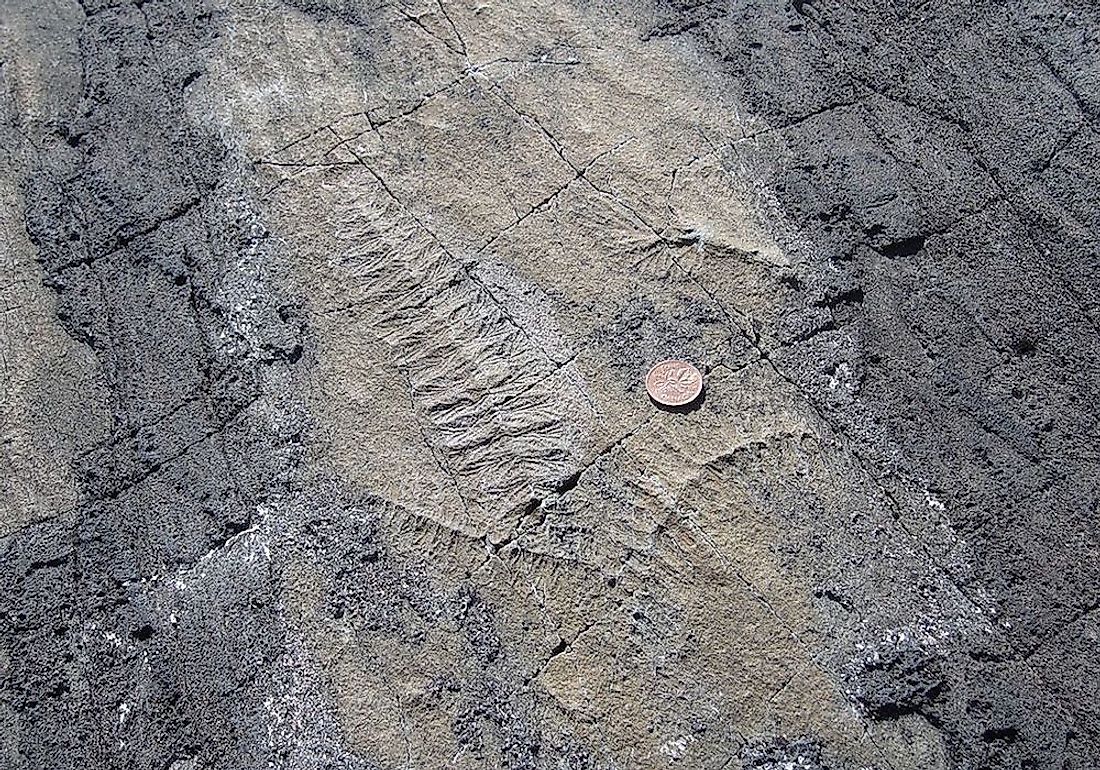Mistaken Point, Canada's Unique UNESCO World Heritage Site

Mistaken Point is a Canadian headland located on Avalon Peninsula of the Newfoundland and Labrador. The site was named Mistaken Point since it was often believed to be Cape Race in foggy weather. Sailors making this mistake would turn north and run into dangerous rocks. The Mistaken Point is a UNESCO World Heritage Site today, famous as a site for the Ediacaran fossils representing the oldest multicellular life on earth. The assemblage is the oldest diverse multicellular organisms yet to be described anywhere in the world.
Discovery Of The Fossils
Mistaken Point is known worldwide for the fossils naturally preserved here in a unique way. The fossils were preserved by the blanketed layer of fine volcanic ash. The fossils are preserved in a tennis court-sized bedding surface along the sea cliff of the Avalon Peninsula. The first fossil was discovered in the area in June 1967 by Shiva Misra who was an Indian student studying geology at the Memorial University of Newfoundland. The fossil discovered by Misra, Fractofusus misrai, was named after him. The fossils date back to the Ediacaran period which spans over 94 million years from the end of the Cryogenian Period.
The Mistaken Point Fossil Types
The fossils are broadly grouped into elongated forms, round-bodied, and a combination of both. The most common fossils at the Mistaken Point are the spindles preserved on the surface. Although the spindles are famous and common in the area, they have not been given a scientific name and have been found nowhere else except South Newfoundland. The spindle fossils are small in size and have similar shapes. Frondlike fossils are also common at the Mistaken Point. These fossils are disc-shaped and are attached to the seafloor. The Mistaken Point fossil assemblage has common resemblance members to the Charnwood Forest collection from central England.
Why Is The Mistaken Point A World Heritage Site?
After the discovery of the site in 1967 by Shiva Misra, the Mistaken Point was quickly recognized and became popular, especially in the mid-1980s. It became an important site since it contained the oldest metazoan fossils in North America and the oldest deep-water marine fossils in the world. A coastline stretch of about 3.1 miles was declared an ecological reserve which was named Mistaken Point Ecological Reserve in 1987. The unique fossils are believed to contain the history of some of the oldest creatures to have ever lived in the area.
The significance of Mistaken Point as home to the ancient fossils led to its listing as a World Heritage Site in July 2016. It is the first UNESCO site to be managed by a province. It is also the first on the island’s east coast and the third listed site in Newfoundland and Labrador. The designation of the site by UNESCO does not come with any protection for the site but with several expectations including the requirement that the province applies its resources in protecting the fossils from all kinds of threats. The major threat to the site is the theft of fossils. There have been several plots to curve the fossils from the coastal rock face including the foiled 1998 plot. The province also has the responsibility of promoting the site as a tourist destination while preserving the fossils











